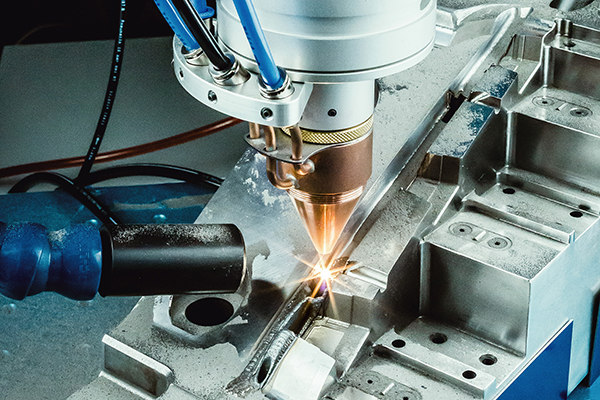
Additive manufacturing to generate $100 billion in Asean by 2025, says ThyssenKrupp
ThyssenKrupp has presented a white paper on additive manufacturing (AM) potential in the ASEAN region, titled Additive Manufacturing: Adding Up Growth Opportunities for ASEAN.
The white paper provides deep insights and perspectives on the state of additive manufacturing in the ten member countries of ASEAN. There is huge potential for the ASEAN market given its contribution to global manufacturing output.
The paper was developed by ThyssenKrupp with the support and contribution of a multidisciplinary team of experts and partners in Singapore including the global industrial 3D printing leader EOS and the National Additive Manufacturing Innovation Cluster (NAMIC).
The research was undertaken by the company as a prelude to the official launch of its AM TechCenter Hub in Singapore.
The research shared exciting prospects for additive manufacturing in the ASEAN region, where current penetration is still relatively low despite wider acceptance globally. The extensive study noted several key highlights:
- AM penetration in ASEAN today is small, accounting for only 5 to 7% of Asia’s total AM spend estimated at $3.8 billion for 2019
- However, there is huge potential for the ASEAN market given its contribution to the global manufacturing output. Manufacturing accounts for 20% of the region’s GDP, employs nearly 50 million workforce and is expected to grow at least three times in the near future
- Additive manufacturing is estimated to generate around $100 billion of incremental value by 2025, impacting ASEAN’s projected real GDP by 1.5 to 2%
- Opportunities via additive manufacturing will enable the reduction of ASEAN’s import dependence with the potential to impact at least $30 to 50 billion by localising manufacturing closer to consumption and reducing overall import dependence by up to 2% for the region
It can also contribute in sustainable development and improve ASEAN’s competitiveness in already established global value chains across key sectors such as Automotive, Electronics, and Chemicals, as well as accelerate the region’s growth in industries like Aerospace, Medical Devices, and Healthcare.
Additive manufacturing would enable the ASEAN region to further advance its Industry 4.0 and skills development focus, and promote local entrepreneurship with the potential to create 3 to 4 million additional AM jobs for the region by 2030.
“As our study shows, additive manufacturing delivers enormous potential to transform the ASEAN region and level up vital sectors,” said Jan Lueder, CEO of ThyssenKrupp regional headquarters Asia-Pacific.
“Additive manufacturing will surely be an innovative solution to further drive growth in ASEAN, as long as stakeholders work together to continue building awareness as well as a supportive ecosystem for additive manufacturing adoption and development.
“We have found such an ecosystem in Singapore, and that is one of the key reasons in establishing our first additive manufacturing TechCenter Hub outside of Germany.”
The Additive Manufacturing TechCenter Hub in Singapore is supported by the Singapore Economic Development Board (EDB) and serves as the regional hub for the company’s existing TechCenter in Mülheim an der Ruhr in Germany.
The hub, along with the Mülheim TechCenter, will focus on innovations around additive manufacturing solutions in metal and plastic technologies for customers in marine and offshore, automotive, cement, chemical, mining and other heavy industries.
“The biggest roadblock for additive manufacturing adoption is not the technology but lack of know-how today, and this is where we can create value for our customers building on our deep AM expertise,” said Abhinav Singhal, chief strategy officer for ThyssenKrupp Regional Headquarters Asia Pacific and one of the authors of the white paper.


